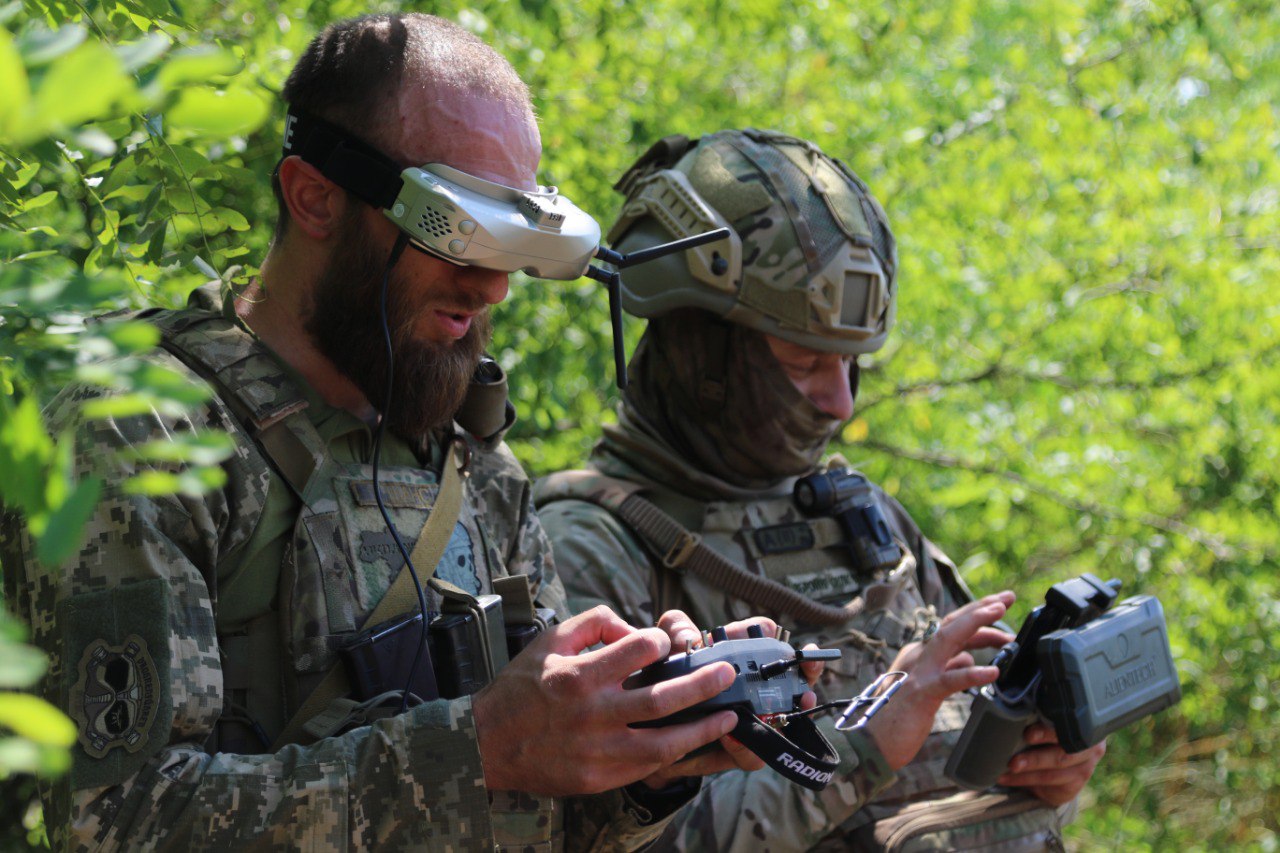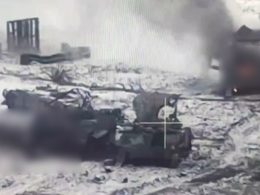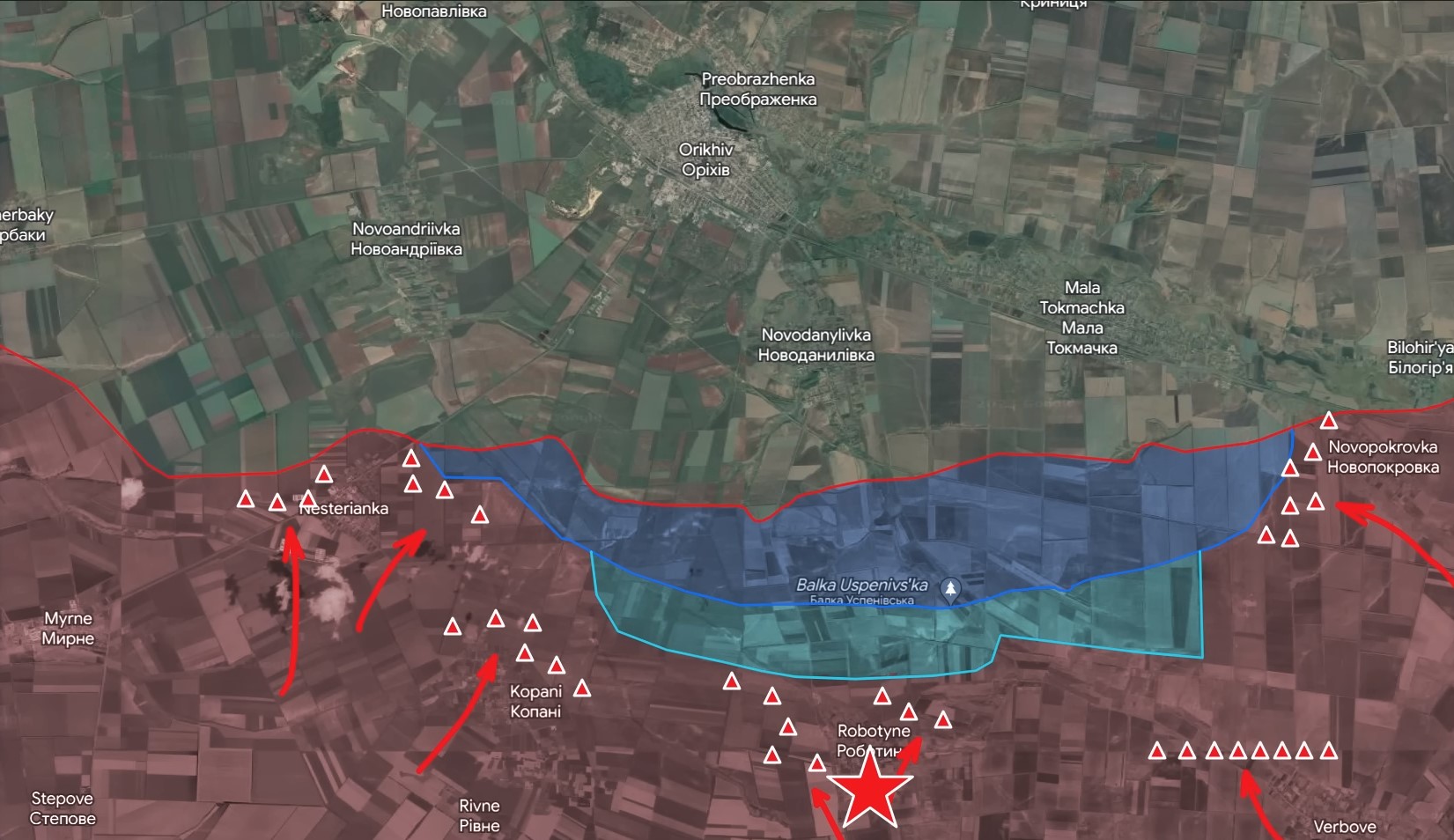17 January 2025. Today there is interesting news from the Russian Federation.

Here, Ukraine launched the biggest attack yet against critical Russian infrastructure, targeting facilities that are pivotal to Russia’s war efforts and economic stability by using over 100 drones and missiles in massive multi-wave strikes in a single night.
The first and most significant attack was on a microelectronics plant in Bryansk, a critical asset for Russian military production. This plant manufactures microelectronics for missiles, air defense systems, drones, and electronic warfare technology. By striking this facility, Ukraine dealt a substantial blow to Russia's ability to maintain and expand its military capabilities, especially in the production of advanced weaponry. This is especially important as Russia is under sanctions from Western countries and has limited access to many technologies. Destroying Russia’s production capacity causes significant problems and directly aids Ukraine’s efforts to defend its civilians and military personnel.

Also in Bryansk, the Ukrainians targeted the local chemical plant that produces components for Russian cruise missiles, and tube-launched rocket artillery ammunition. The plant's disruption directly impacts Russian artillery production and rocket fuel supplies. To make this possible, Ukrainian forces destroyed two air defense systems in the region before the main strikes.
The second strike was on the Engels air base fuel depot and marked a calculated continuation of earlier operations by Ukrainian forces. This depot, critical for supplying aviation fuel to Russia’s strategic bombers used in missile attacks against Ukrainian cities, was deliberately targeted to deplete any remaining reserves. The timing of the strike was particularly strategic as Ukrainian forces waited until Russian authorities had finally extinguished the fire from the previous attack, only to hit the site again and ensure its destruction.

This methodical approach crippled Russia’s ability to launch airstrikes from this base for the time being. To further disrupt this, Ukrainian forces also targeted a glide bomb and cruise missile warehouse located in Engels as well as the refinery in Saratov, located on the opposing side of the Volga River.
The third Ukrainian drone strike was against a gas compressor station in the Krasnodar region, which is a part of the Turkish Stream gas pipeline, which transports natural gas from Russia to Europe. This is the last remaining profit-generating pipeline for Russian gas towards Europe and it represents a crucial source of revenue for funding the Kremlin’s war efforts. Even though the level of damage is unknown, and Russian authorities claim all drones were successfully brought down, by targeting this infrastructure, Ukraine aimed to disrupt Moscow's economic lifelines while increasing pressure on European countries to rethink their reliance on Russian energy supplies.

Trending Now
Ukrainians targeted the Kazanorgsintez chemical plant in Tatarstan, producing elements for armored vehicles, explosives, and other military components. Reports indicate significant damage to fuel tanks and nearby infrastructure, which will disrupt the work of the plan and further hinder Russia’s war industry.
As part of the wave of strikes, Ukrainians simultaneously hit oil depots in Almetyevsk and the suburbs of Kazan, a similar facility in Oryol, a petrochemicals plant in Berdiansk, and the local alcohol plant in Tambov, destroying thousands of tons of fuel and other valuable materials.

This coordinated operation combined missiles and drones to strike multiple key targets across Russia in rapid succession, overwhelming air defenses. Using ATACMS, Storm Shadow missiles, and swarms of drones, Ukraine demonstrated advanced planning and precision. While Russia's Ministry of Defense claimed all threats were intercepted, footage of widespread damage contradicts these assertions, underscoring the operation's success in targeting critical infrastructure.
Overall, this series of strikes represents one of Ukraine's largest and most ambitious operations to date, combining missile strikes with over 100 drones deployed in a single night. This unprecedented scale underscores Ukraine's advancing military strategy, leveraging deep-strike capabilities to disrupt Russia's industrial, logistical, and financial lifelines.
By simultaneously targeting missile production facilities, aviation fuel depots, and energy infrastructure, Ukraine is not only degrading Russia’s warfighting capacity but also exposing the vulnerability of its critical assets. These coordinated attacks significantly hinder Moscow's ability to replenish its arsenal and threaten vital revenue streams from energy exports, amplifying pressure on Russian leadership.
In our regular frontline report, we pair up with the military blogger Reporting from Ukraine to keep you informed about what is happening on the battlefield in the Russo-Ukrainian war.





